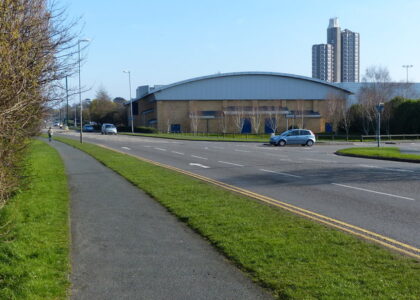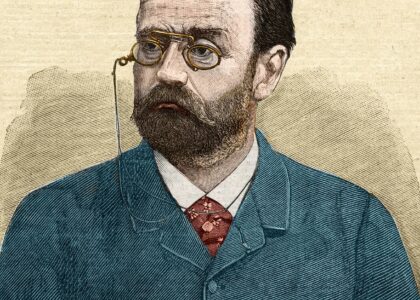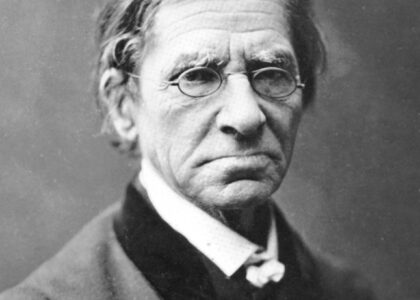Welcome to the birthplace of Dr. William Beaumont, a pivotal figure in the world of physiology. Situated in the historic town of Lebanon, Connecticut, this homestead offers a glimpse into the early life of a man who would later be celebrated as the ‘Father of Gastric Physiology.’ Born on November 21, 1785, in a small farmhouse built by his father, Samuel Beaumont, a Revolutionary War veteran, William was one of nine children. His early years were spent on this very farm, until he left at the age of 21 to seek new opportunities as a schoolteacher in Champlain, New York.
Dr. Beaumont’s journey from a small-town farm boy to a renowned physiologist is a story of curiosity and perseverance. After his initial foray into teaching, he pursued a medical career through an apprenticeship—a common practice of the time—and eventually joined the U.S. Army as a surgeon. It was during his service at Fort Mackinac that Beaumont encountered Alexis St. Martin, a fur trader with a stomach wound that would change the course of medical history. Beaumont’s subsequent experiments with St. Martin’s gastric fistula led to groundbreaking insights into the digestive process, which he meticulously documented in his 1833 publication, ‘Experiments and Observations on the Gastric Juice and the Physiology of Digestion.’
The Beaumont Homestead itself has a rich history. Originally located in a remote part of Lebanon, the house was moved to its current site on the town green in the 1970s, thanks to the efforts of the Beaumont Homestead Preservation Trust. This relocation was part of a broader initiative to preserve and celebrate Lebanon’s historical assets, which include other notable sites such as the Governor Trumbull Home and the War Office.
As you explore the homestead, imagine young William Beaumont growing up here, perhaps cultivating the seeds of curiosity that would later drive him to conduct his famous experiments. The house, with its carefully restored gunstock corner posts and 18th-century glass panes, stands as a testament to the era’s architectural style and the enduring legacy of one of America’s pioneering medical minds.






